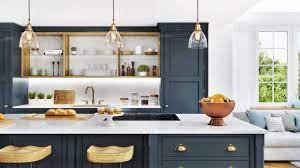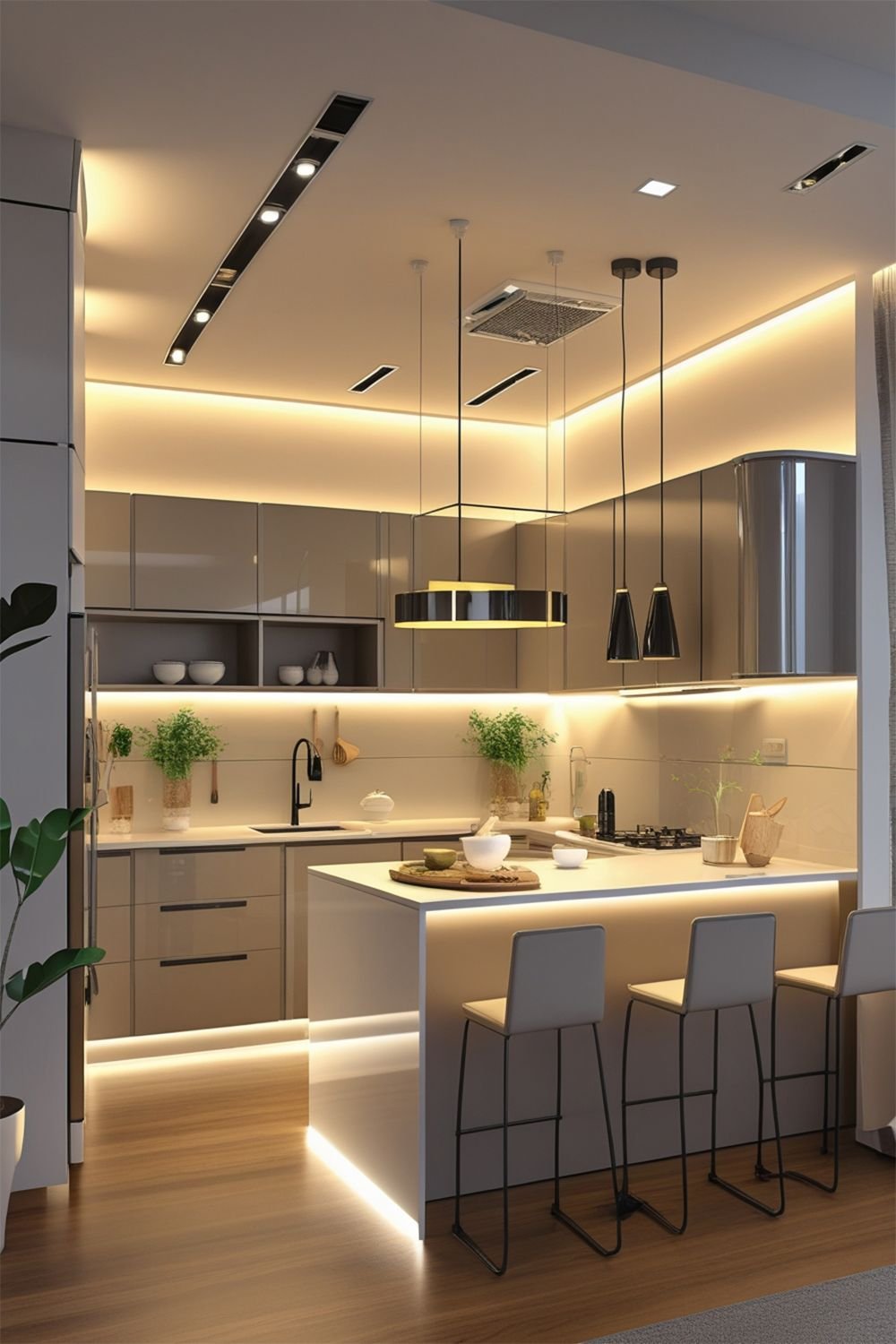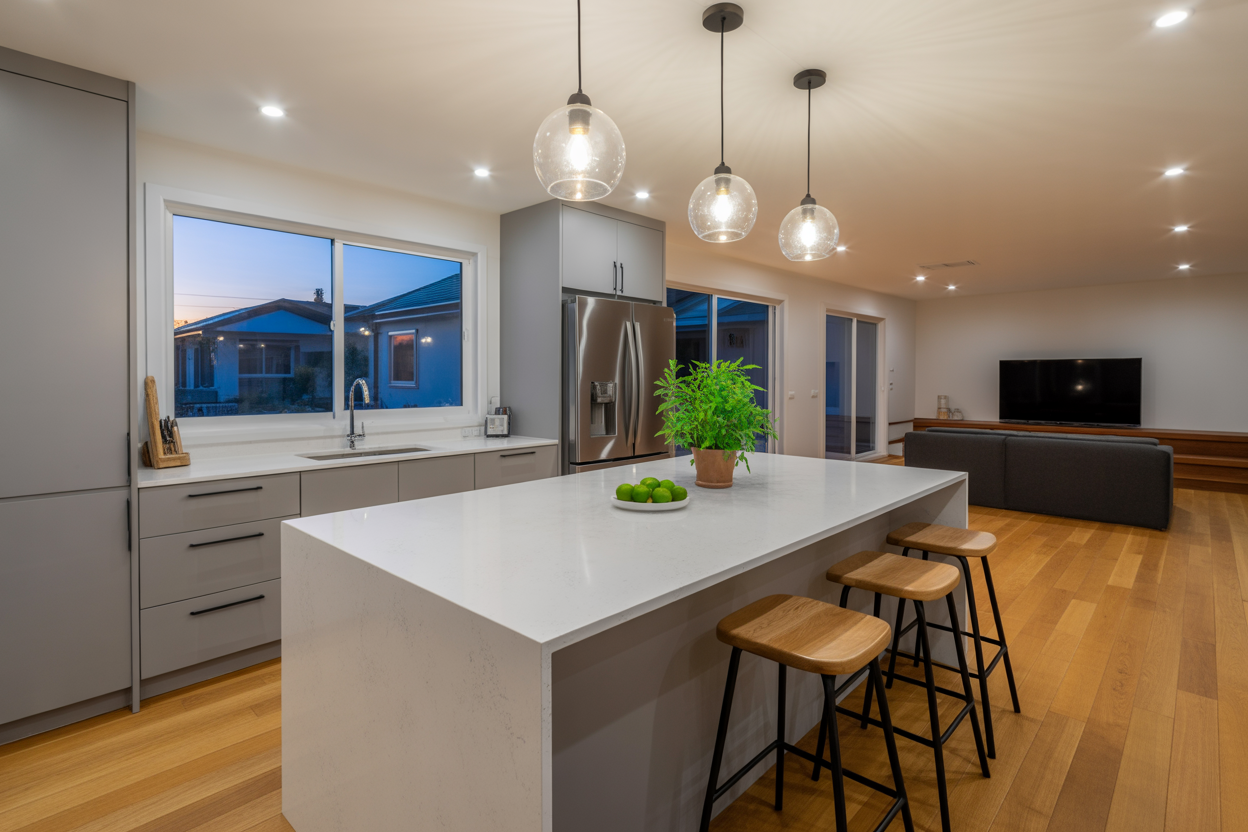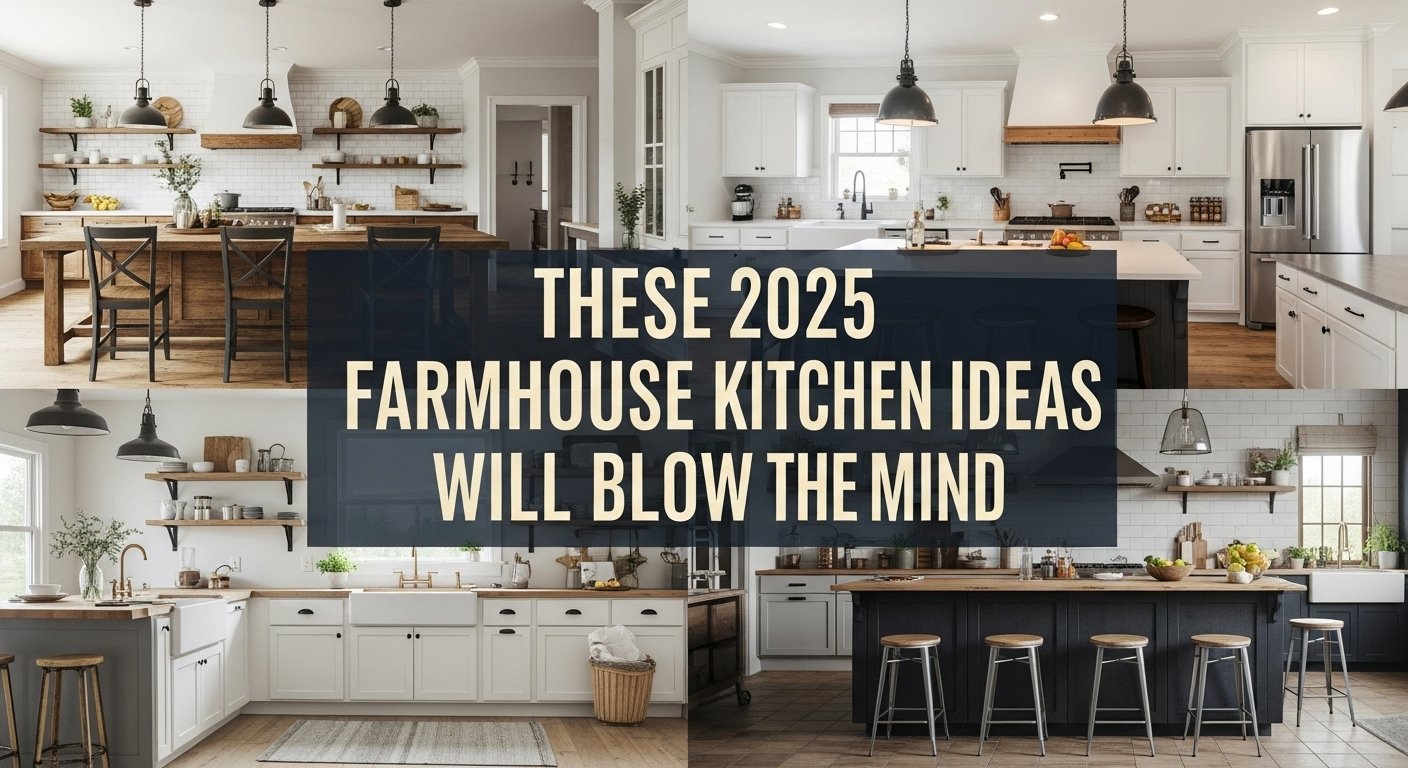Dirty Kitchen
Despite its name, a dirty kitchen is actually the secret weapon for keeping your main cooking and dining areas clean, fresh, and guest-ready. Popular in many Filipino homes, Asian households, and increasingly across modern and luxury homes, this secondary kitchen or back kitchen offers a practical solution to common hosting and cooking challenges.
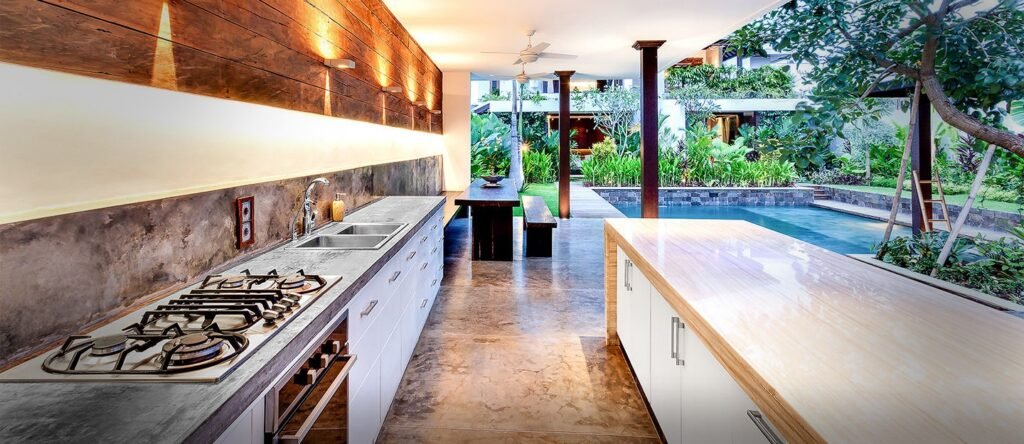
In homes with open-concept layouts, the main kitchen often doubles as a social hub. But heavy cooking, lingering odors, and clutter can disrupt that polished look. That’s where a dirty kitchen steps in. Positioned behind or adjacent to the main kitchen, this working kitchen or scullery is equipped to handle the mess—leaving your primary kitchen looking spotless and organized.
The Top Kitchen Trends for 2025
Benefits of a Dirty Kitchen: A Hosting and Family Essential
A dirty kitchen layout is designed for function, with features like stainless steel countertops, heatproof flooring, and efficient ventilation systems. Whether you’re hosting dinner parties, hiring caterers, or simply cooking large family meals, this space keeps the chaos out of sight.
For families with children, it’s a great place for meal prep and cleanup without disrupting the living space. Meanwhile, homeowners who love to entertain enjoy having a concealed outdoor cooking area or grease kitchen where the real culinary work happens. Appliances like an extra cooktop, oven, sink, dishwasher, and even a fridge are often included.
This setup preserves your main kitchen’s aesthetic—especially useful for homes that feature luxury materials, statement cabinetry, or hard-to-clean details. It’s no wonder the dirty kitchen design is gaining popularity in both modern homes and traditional setups.
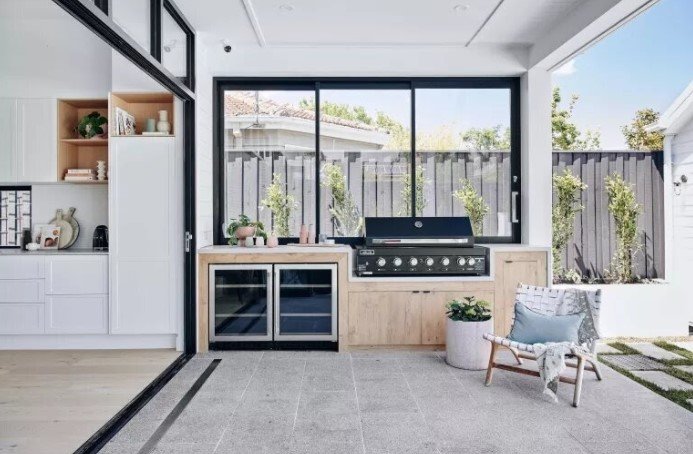
Dirty Kitchen vs. Butler’s Pantry: What’s the Difference?
While terms like scullery, back kitchen, and secondary kitchen are sometimes used interchangeably, a dirty kitchen isn’t the same as a butler’s pantry.
A butler’s pantry typically serves as a storage and staging area—housing fine china, glassware, and occasionally functioning as a home bar or entertainment station. In contrast, the dirty kitchen is where the heavy-duty cooking and cleanup takes place. It’s designed to be hidden, messy, and completely utilitarian.

Design Ideas for Your Dirty Kitchen
Looking to design your own dirty kitchen? Here are some stylish yet functional ideas:
- Use tile backsplashes and stainless steel surfaces for easy cleanup.
- Consider a rustic dirty kitchen design if your home leans traditional.
- Create an outdoor dirty kitchen design for backyard cooking.
- Add countertop appliances like air fryers or coffee machines that you want hidden from your main kitchen.
- Opt for a dirty kitchen extension if building from scratch or remodeling.
These dirty kitchen ideas work well for small homes, too—especially when paired with smart layouts and space-saving fixtures.
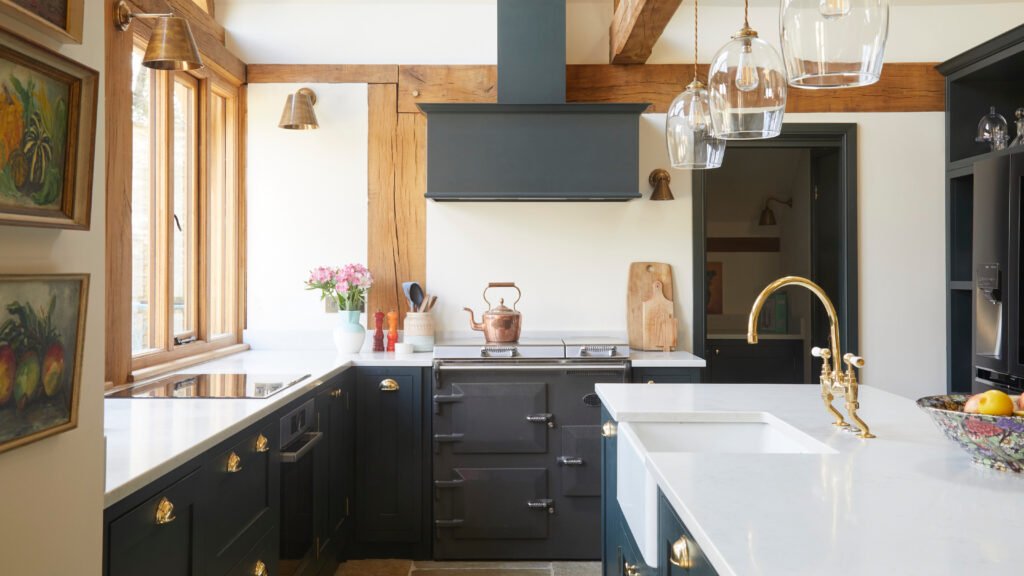
What to Know Before Installing a Dirty Kitchen
Adding a dirty kitchen requires planning and investment. You’ll need to think about space, ventilation, plumbing, and even duplicate kitchen appliances. In some cases, building a dirty kitchen under the stairs or in a garage conversion may be an option.
Budget is another key factor. From cabinetry to utility costs, a second kitchen is a major renovation. Still, many homeowners find the benefits—especially the smoke-free main kitchen and seamless entertaining—well worth the cost.
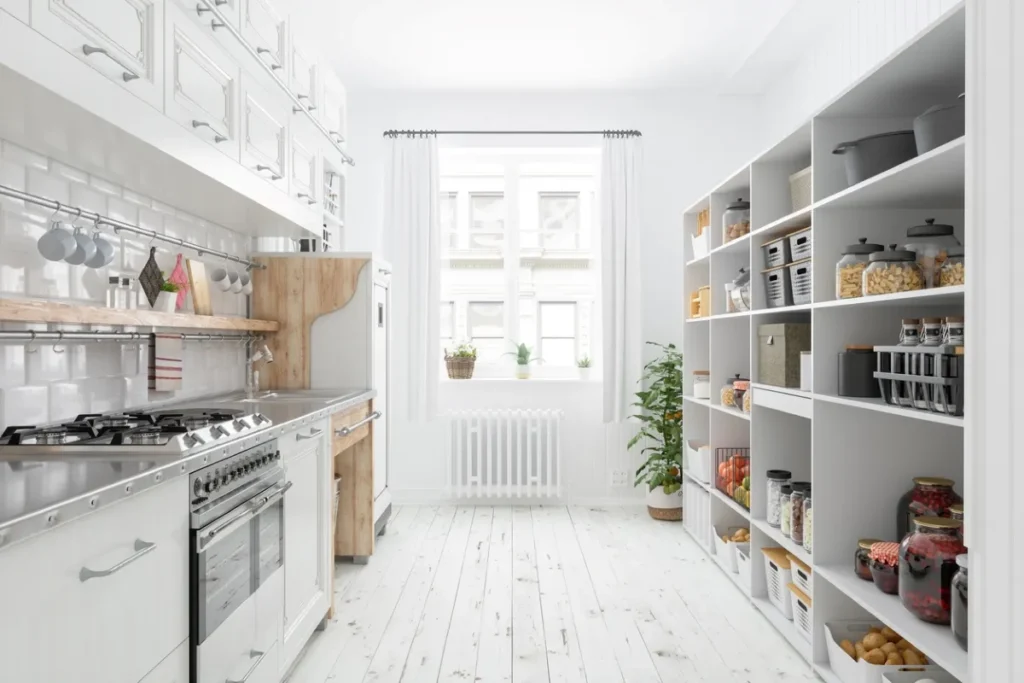
Is a Dirty Kitchen Right for You?
Before committing to a full build, consider how often you cook, entertain, or use catering services. If your needs are modest, a robust pantry with a coffee station might be enough. But if you’re a frequent host or love preparing large meals, a dirty kitchen can dramatically improve your home’s flow and function.
Whether you’re planning a Filipino-style dirty kitchen, a modern concealed prep area, or a climate-friendly outdoor setup, one thing’s clear: this design trend is here to stay.
